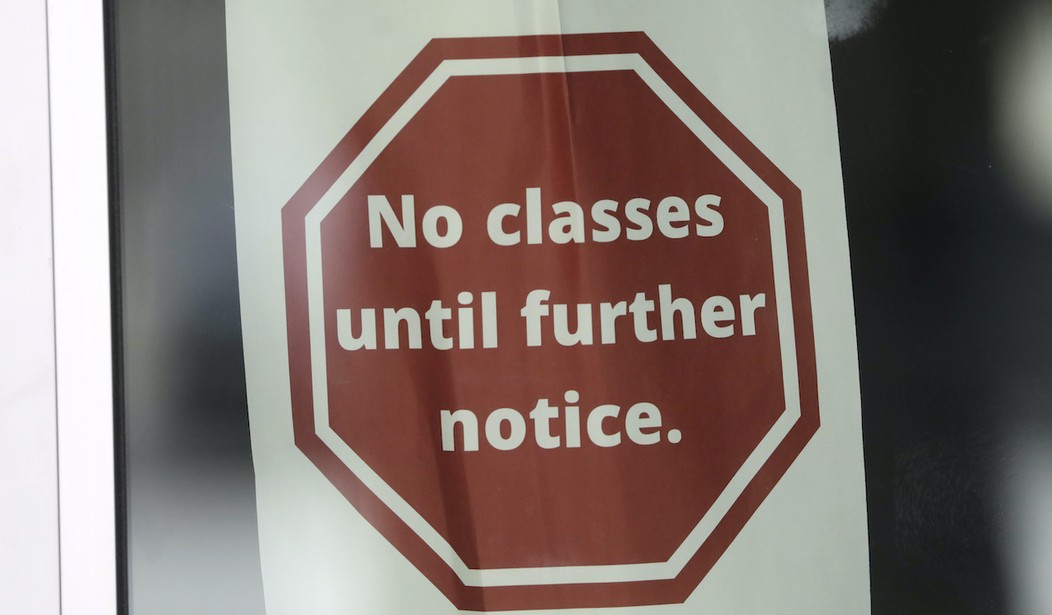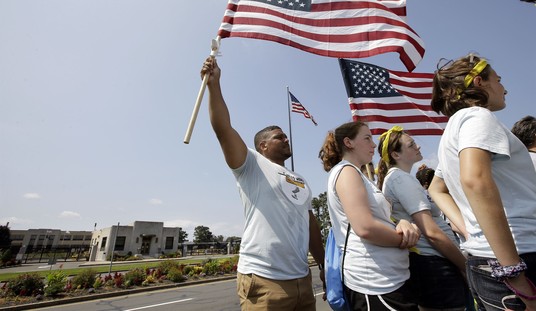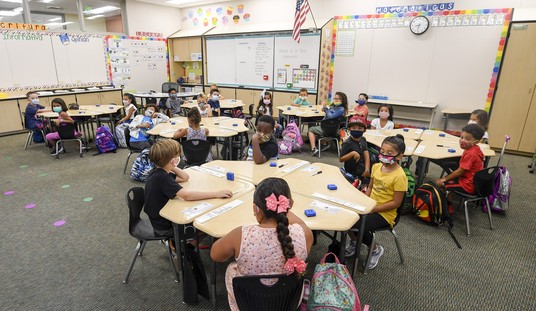As governors and other policymakers wrestle with difficult decisions surrounding the "reopening" process amid an ongoing, if diminished, pandemic, it's important to remember that the vast array of data we're presented with on a daily basis does not and cannot offer perfect or clean solutions. There are real risks associated with loosening restrictions too soon, just as there are serious risks that come with lengthy lockdowns. Various states have begun lifting some mitigation measures, with the governor of Texas outlining his plan just yesterday. One dilemma that seems important to resolve is when to open schools back up, considering that getting parents back to work will be extraordinarily challenging if their kids are still stuck at home. These numbers out of Massachusetts are therefore relevant to the discussion, in my view:
Via a Boston-based friend, here are some official Massachusetts Coronavirus stats. Every death is terrible. Older age groups’ lives matter. Still, look at the average age of COVID deaths in the state (82) and the total number of deaths among K-12 aged people (0) ... pic.twitter.com/0WqBlc1o4l
— Guy Benson (@guypbenson) April 28, 2020
As I mention in the tweet, pointing out that this virus very disproportionately impacts older demographics is not a dismissal of that profoundly real concern. But it seems quite noteworthy that as of Sunday, the coronavirus had killed zero school-aged people in all of Massachusetts and just 31 people under the age of 50. Total. Out of close to 3,000 deaths in the state. It would seem as though K-12 schools and universities might be among the safest institutions to target for accelerated reopening. There are, of course, complicating factors at play, like faculty members in more vulnerable groups, and students who'd go home to multi-generational households. Those complexities make a straightforward "reopen schools for everyone, now" recommendations trickier. But as others have recommended, perhaps those situations should be accommodated creatively, rather than keeping schools shut down in general.
Meanwhile, in New York, a top doctor who's been working on the front lines of the battle against COVID-19 (he contracted the disease himself) says he now believes reopening is in order -- for health reasons, in addition to economic ones. After reviewing the horrific crush of illness and death he and his colleagues have been fighting against for weeks, the chairman of the Department of Emergency Medicine at St. Barnabas Hospital in the Bronx writes this:
Recommended
The wave passed over us, peaked and subsided. The way this transpired tells me the ebb and flow had more to do with the natural course of the outbreak than it did with the lockdown...I worry about non-coronavirus care. While the inpatient units remain busy with sick COVID-19 patients, our ER has been quiet for more than a week. We usually average 240 patients a day. For the last week, we averaged fewer than 100. That means our patients in this diverse, low-income community are afraid to come to the ER for non-COVID care. Gotham-wide, the number of 911 ambulance runs declined to 3,320 on April 18, down from a peak of 6,527 on March 30, according to New York Fire Department data. The current nadir is significantly below the average. A large share of those staying home surely have emergency medical and surgical conditions not related to the novel coronavirus. The growing numbers dying at home during this crisis must include fatal myocardial infarctions, asthma exacerbations, bacterial infections and strokes.
The doctor also mentions the high percentage of positive tests in his borough (43 percent), wondering about the prospect of herd immunity, and reminds people not to succumb to "over-amplified" fear. "The public needs to understand that the vast majority of infected people do quite well," he writes, which is obviously true. More than 99 percent of all infected people survive. Nevertheless, the lethality of the virus is still very potent compared to the seasonal flu. And because of big remaining question marks on both the numerator and denominator ends of the national morbidity fraction, it's still somewhat unclear exactly how deadly Coronavirus has been inside the US.
But we know that hospitals' bottom lines are getting battered, even as the bigger concern is vast under-use of the healthcare system by people who need care but are reluctant or frightened to seek it. The original purpose of distancing and stay-at-home requirements was to "flatten the curve" to buy time and avoid hospitals being overrun. Through great sacrifice, that has been achieved. Gradual and careful reopening will almost certainly lead to new cases, new hospitalizations and new deaths. This is gruesome and heartbreaking. But indefinite lockdown status until therapies are finalized or a vaccine is produced simply isn't realistic. Hence the current, difficult decisions being weighed. On the vaccine front, here's at least some good news:
Scientists at NIH’s Rocky Mountain Lab inoculated 6 monkeys with single doses of Oxford vaccine. The monkeys were then exposed to heavy quantities of the virus — exposure that had sickened other monkeys. But more than 28 days later all six were healthyhttps://t.co/3cdUX6HlLx
— Yashar Ali ?? (@yashar) April 27, 2020
Scientists at the National Institutes of Health’s Rocky Mountain Laboratory in Montana last month inoculated six rhesus macaque monkeys with single doses of the Oxford vaccine. The animals were then exposed to heavy quantities of the virus that is causing the pandemic — exposure that had consistently sickened other monkeys in the lab. But more than 28 days later all six were healthy, said Vincent Munster, the researcher who conducted the test. “The rhesus macaque is pretty much the closest thing we have to humans,” Dr. Munster said, noting that scientists were still analyzing the result. He said he expected to share it with other scientists next week and then submit it to a peer-reviewed journal.
That's promising. Less promising is this virologist's thread about why we should tap the breaks on the emerging narrative that the Swedish government's relatively hands-off approach to the coronavirus is being vindicated by the results. Maybe not:
The problem isn't their number of cases. The problem isn't their growth of cases. The problem isn't their ICU load. That's all fine(ish).
— Chris von Csefalvay (@chrisvcsefalvay) April 28, 2020
The problem is that at D+50, they're still getting *worse* **faster**.
You can't sustain that forever.
I'd watch Sweden carefully for the next few weeks before endorsing what they've been doing. And since we opened with a story out of Massachusetts, let's close with another. I'll leave you with this:
Inside look at the Massachusetts contact tracing program that’s becoming a model for the U.S.
— Jonathan Cohn (@CitizenCohn) April 27, 2020
by @vgmac @BostonGlobe https://t.co/AizB7ZwkVc
Editor's Note: Want to support Townhall so we can keep telling the truth about China and the virus they unleashed on the world? Join Townhall VIP and use the promo code WUHAN to get 25% off VIP membership!

























Join the conversation as a VIP Member